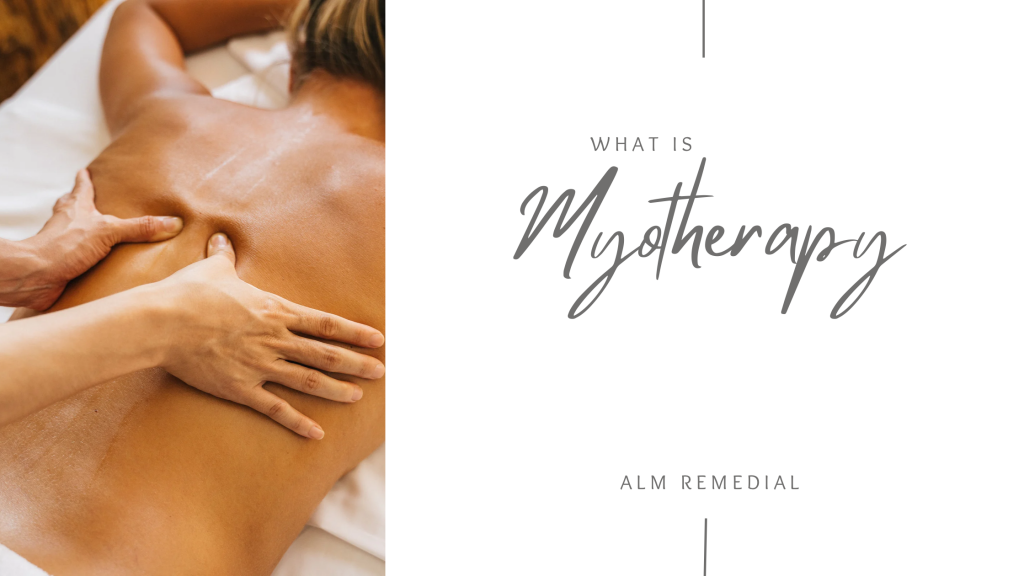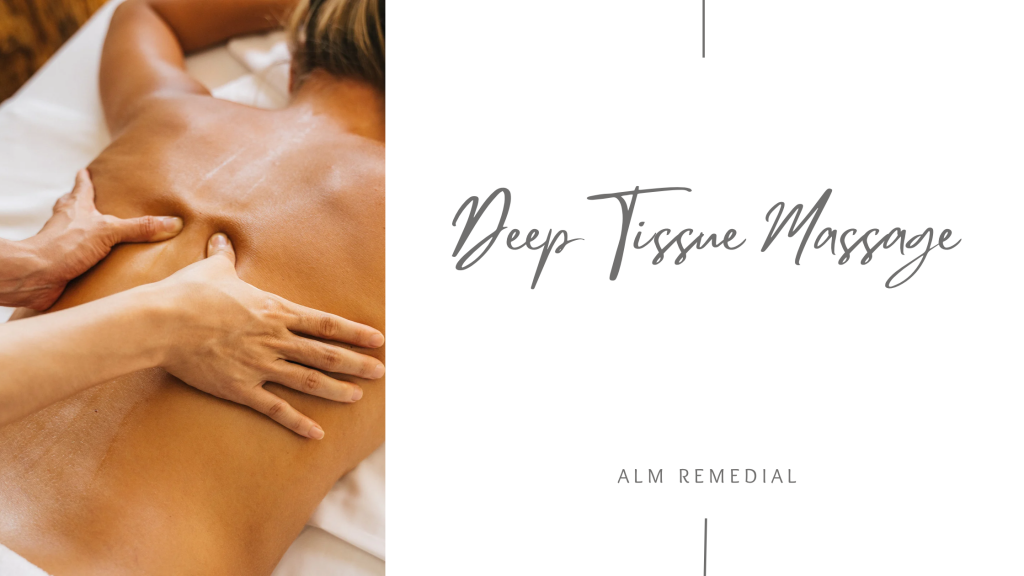Over the next few weeks we will look deeper at myotherapy: an exploration, the modalities that are often included and how they can work for you?
What is myotherapy?
Myotherapy is a form of physical therapy used to treat musculoskeletal disorders. Specifically soft tissue pain and restriction, and the conditions that are caused by or result in soft tissue pain and restriction. Conditions such as tendonopathy, arthritis, tension headaches, rotator cuff injuries, bursitis, degenerative disc disease, ruptured or herniated disc, and many more.
Musculoskeletal disorder is the best descriptive name for these conditions. Other names include, repetitive stress injury (RSI), overuse injury, inflammation of joints, and tears or rupture of joint structures.
Risk factors are often work related such as force, repetition, posture. Or individual related such as poor health and fitness, poor practices and habits. It is usually a combination of these factors that lead to musculoskeletal disorders. Reducing the risk of injury should include improving personal health and fitness, and increasing strength. As well as improving work habits such as poor posture, increasing rest or changing daily tasks.
Musculoskeletal disorders are best treated with a multifaceted approach. This includes physical therapy, exercise programs, nutrition and non-steroidal anti-inflammatory drugs. In more severe cases, surgery may be appropriate.
Myotherapy helps reduce muscular pain, increase nerve function, reduce tension and improve function of muscles, nerves and connective tissues. It includes modalities such as deep tissue massage, trigger point therapy, myofascial release techniques such as cupping, joint mobilisation, myofascial dry needling, TENS, various muscle energy and stretching techniques and exercise prescription and rehabilitation.
Today we will look at deep tissue massage. The modality that may be familiar to most.
Deep Tissue Massage
The benefits of deep tissue massage include reducing musculoskeletal pain, and breaking down of scar tissue. As well as increasing the range of motion and circulation to the injury to help speed up recovery.
While massage may not always ‘cure’ conditions, it can help reduce pain and increase the range of movement.
Deep tissue massage uses firm slow strokes. Using oil or cream on the skin to access the deeper layers of muscle and fascia (connective tissue). Most deep tissue massage strokes glide along the muscle to lengthen the fibres. Alternatively they cross over the fibres to create micro-tears that induce inflammation and healing of the muscle tissue.
Deep tissue massage may leave you feeling bruised or aching the next day but it should also increase the range of motion and reduce the pre-existing pain. The bruising and delayed onset muscle soreness should dissipate after 24 to 72 hours. Your therapist should advise you on at home techniques to help reduce the after treatment ache. Such as, using heat or gentle stretching and exercise techniques, like swimming or walking.
As with any personal care, you should always communicate with your therapist if you are in too much pain or discomfort. A good myotherapist should check on your comfort levels and listen whenever you need them to adjust the pressure.




